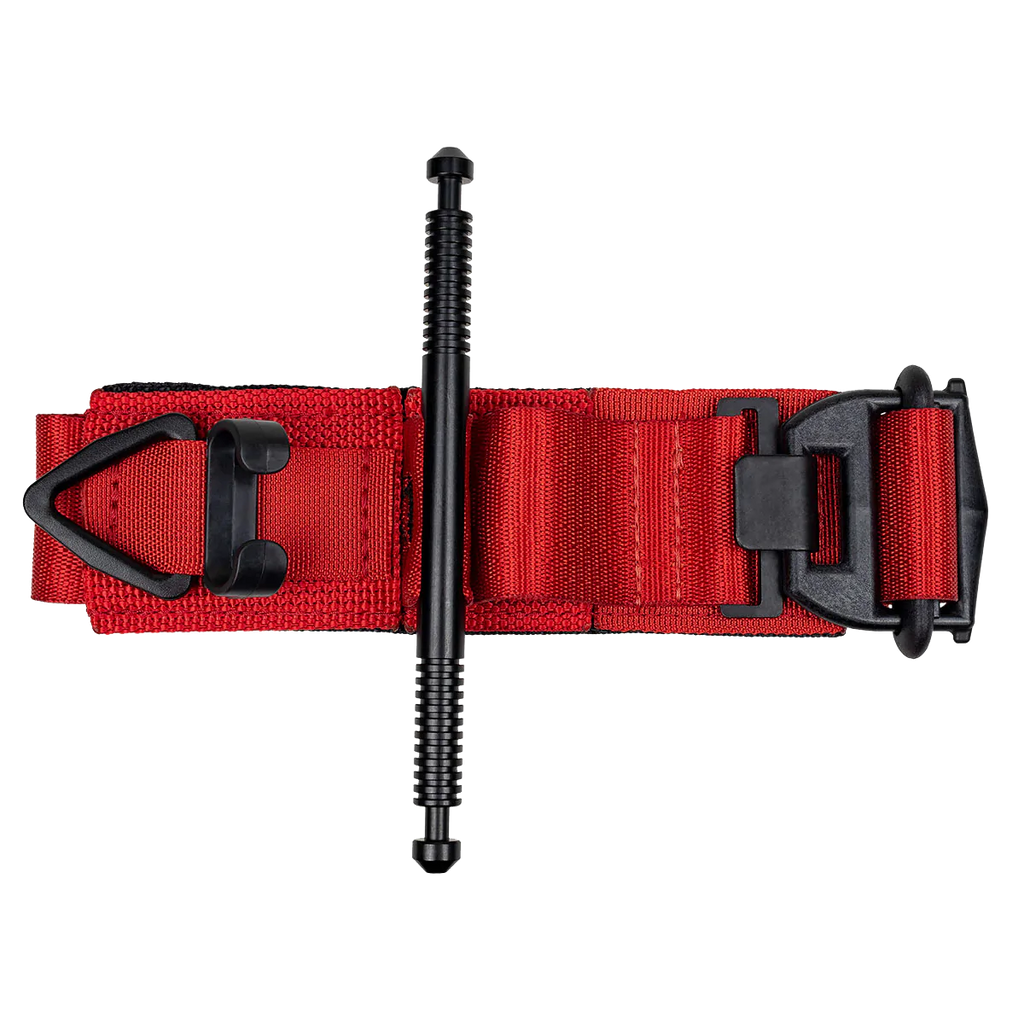seadonist
Member
- Joined
- Jul 8, 2021
- Messages
- 88
Gold standard in tourniquets:

 mymedic.com
mymedic.com
I carry one on my hunting pack, my plate carrier, in my truck and in my side by side. I carry a small trauma kit on my plate carrier and on my hunting pack. I’ve got a larger “catch-all” kit that I keep in the truck and transfer to the side by side when going into the woods. Good online sources:
Galls
Botach
Blue Force Gear
Sent from my iPhone using Tapatalk

SOF® Tactical Tourniquet
The SOF Tactical Tourniquet is ideal for outdoor enthusiasts. Make sure your camping first aid kit has one of these effective tourniquets. Order yours today.
I carry one on my hunting pack, my plate carrier, in my truck and in my side by side. I carry a small trauma kit on my plate carrier and on my hunting pack. I’ve got a larger “catch-all” kit that I keep in the truck and transfer to the side by side when going into the woods. Good online sources:
Galls
Botach
Blue Force Gear
Sent from my iPhone using Tapatalk

